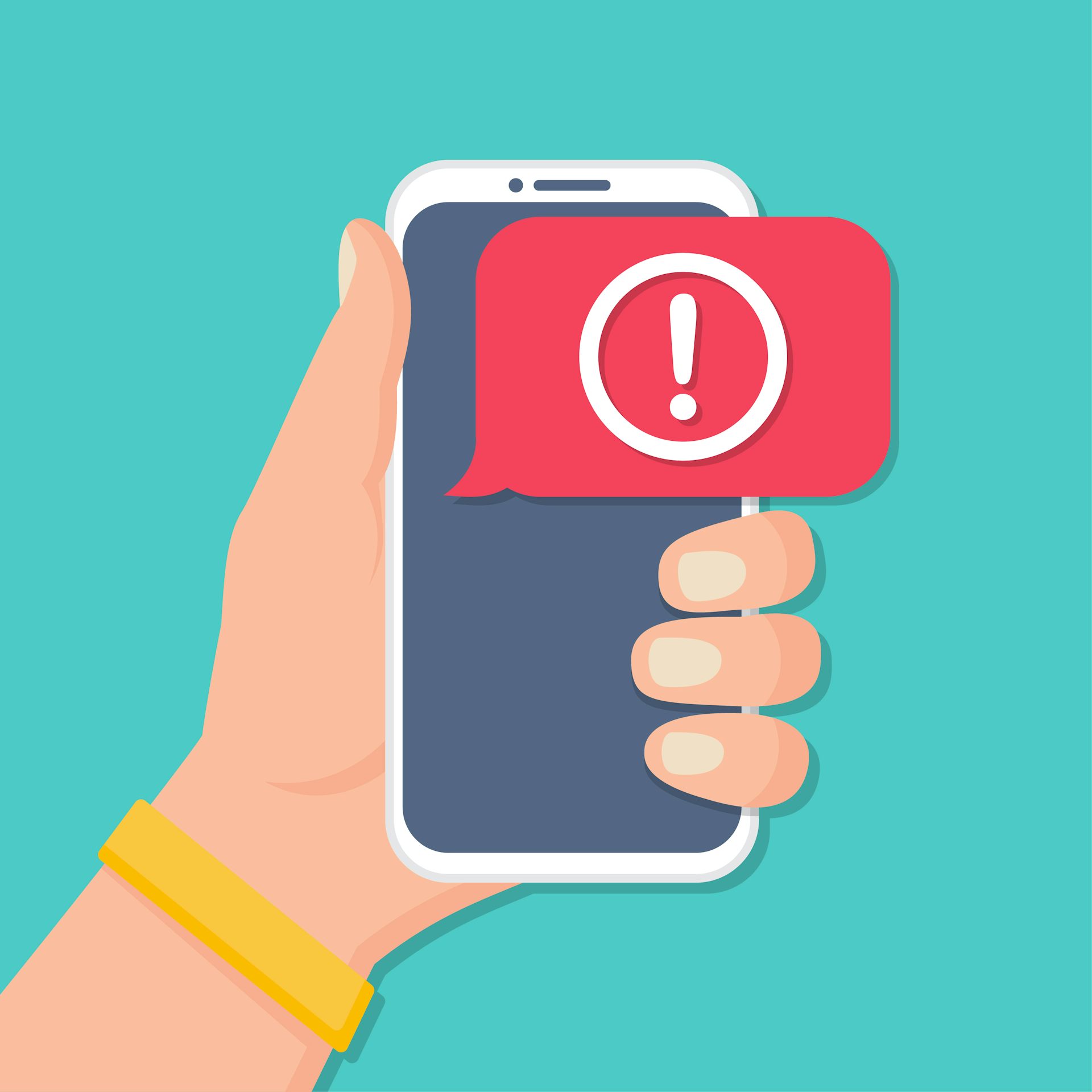
Text messages and emails from political campaigns are pouring into Americans’ phones and inboxes right now. It’s happening to political junkies, to people who gave their phone numbers to campaigns, and even to people who try to keep their contact information off mass mailing lists.
I study political campaigns, including how they use social media and mobile phones to build support. In my book “Presidential Campaigning in the Internet Age,” I document the history of how campaigns have used the web, social media and phones in efforts to attract independents and urge supporters to take action.
As part of my research for the 2020 election, I subscribed to get text messages from Democratic nominee Joe Biden and Republican nominee Donald Trump. I also used my personal email account – the same one I’ve been using since 1995 – to receive email updates and alerts from both campaigns. I try to look like a supporter. I engage with the emails or text messages periodically, by clicking the links, and I even contribute a tiny amount of my own money to both campaigns so that I really look like a supporter.
Compared to prior election campaigns, as I document in my book, this election is not any more or less active on email. It is not unusual for campaigns to send up to a dozen emails a day from different people on the campaign and the party. What is unusual is the volume of text messages. While both Republican and Democratic campaigns sent texts in 2016, the volume of Trump’s texting this election cycle is unprecedented.
I’ve been inundated, particularly with requests to donate money.
Floods of requests
During the two conventions, the sheer volume of messages from the campaigns was astounding, but especially from the Trump campaign. For every one message I received from the Democrats, I received three to five messages from the Republicans, and that was true over both conventions.
On Aug. 7, the night Donald Trump received the nomination, I received five text messages, all from different numbers, some claiming to be from other Republicans, like House Minority Leader Kevin McCarthy. I received 16 emails from senders claiming to be Trump, his children, his wife and former South Carolina Gov. Nikki Haley.
Campaigns bombard people with dozens of messages daily because it works. They use email and text messaging because the people who sign up for those communications are, typically, supporters. They already back the campaign and campaigns need money.
In July, Trump raised more than US$165 million, a record-breaking sum – no campaign had ever raised that much money in a single month – while Biden brought in $141 million.
Both campaigns have recently made huge advertising purchases, including Trump’s campaign spending $10 million to run TV ads against Biden during the Democratic National Convention. Biden’s campaign has announced a $280 million television ad buy across two months and 15 battleground states.
They’ll need to spend – and raise – even more before Election Day arrives.
More messages are better – for campaigns

When I interview campaign operatives, they tell me that email is the single most effective way to raise money. Email is intimate, it lands in your inbox, and you can easily click a link to go to a website to provide your credit card number in exchange for a thank you and a sticker or a hat – and that feeling that you’re helping your candidate win.
While it might be easier to get large checks from small numbers of big donors, campaigns need high numbers of low-level contributors to demonstrate that they have the support of the masses. These texts and emails help get campaigns those small donations.
Texting is even more intimate, as the messages pop up in your notifications the way your friends’ texts do. Their punchy, personalized messages draw you in to click on the hyperlink: “Jenny, we’re sending the final list 8X-Match donors to Pres. Trump in 3 HOURS. Make sure your name is at the top.” Or “Jennifer, it’s Joe, and I have to ask one last time before tonight’s FEC deadline: Will you help me and Kamala reach our goal before midnight? We’re still short.”
Campaign operatives believe that the more messages they send, the greater the odds that you will act. One a day is not enough – though they do vary the timing and style of messages throughout the day. They’re betting that one of those messages will hit you in just the right way, at just the right time, to shift you from inaction to action and open your wallet.
Opting out is difficult – the messages appear in your most personal inboxes, so your instinct is not to ignore them. And they often come from different senders – I get texts from several numbers for each campaign – so it’s hard to block all the messages at once.
In addition, campaigns get more than just your money. Each time you act on one of those texts or emails – even if you just follow the link but don’t give money – the campaign gets insight on what types of messages seem to work with you. They’ll learn from your responses, and send you more messages like the ones that are successful, in the hopes you’ll stay involved.![]()
Jennifer Stromer-Galley, Professor of Information Studies, Syracuse University
This article is republished from The Conversation under a Creative Commons license.


Leave a Reply